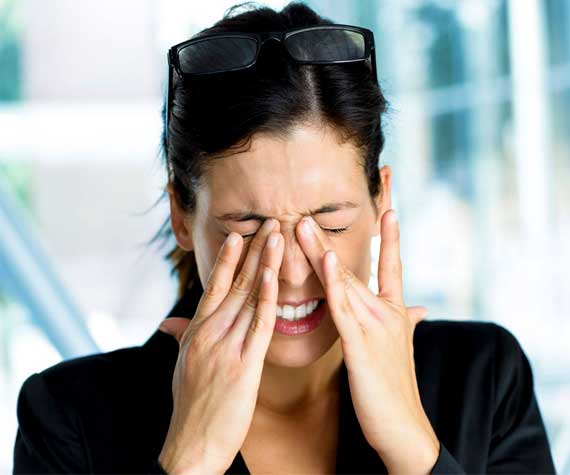CORRELATION BETWEEN CONTACT LENSES AND BIRTH CONTROL PILLS
Whoever thought there could be a correlation between contact lenses and your birth control pills? But this correlation certainly exists – so much so that some oral contraceptive manufacturers are especially mentioning contact lenses in their statutory warnings. And practitioners are being told to stay alert to problems involving corneal and lid edema, headaches, photophobia and psychic depression, which may accompany use of contraceptive drugs while wearing contact lenses.

The matter has probably never come up with your gynecologist or eye doctor, but if you’re thinking of wearing contact lenses while taking oral contraception, it may not be a good idea at all.
An extremely common eye condition that develops with concurrent use of birth control pills and contact lenses is: chronic dry eyes. And if you’ve ever suffered from chronic dry eyes, you know how extremely uncomfortable it can be.
Chronic Dry Eyes
Women suffering from chronic dry eyes in this situation will experience changes in the tear film, which consists of three main layers that combine to protect, bathe and nourish the eye surface. When this balance is upset, symptoms like excessive tearing, burning eyes and a gritty foreign body sensation occur. And in the physical presence of contact lenses that cover a sizeable section of the eyes, the flow of oxygen is significantly obstructed.
Talk to your health providers if you’re planning to use oral contraceptives and contact lenses at the same time. Take every precaution to reduce dry eyes symptoms that can cause continuous discomfort.
• Take the lenses off as soon as you get home and try to wear them as infrequently as possible.
• Use hydrating eye drops and rinse your eyes with water regularly.
• Do this quick exercise several times a day: rub your palms together until they are warm and then cup your eyes with them. Stay like this for 20-30 seconds, resting your eye muscles and reducing strain.
• Avoid environments that exacerbate dry eyes (examples: airplanes and hairdressing salons). Do not swim in chlorinated water with contacts on and don’t expose your eyes to cigarette smoke. (Smokers who wear contacts are at 8 times the risk of developing corneal ulcers than non-smoking lens wearers.)
